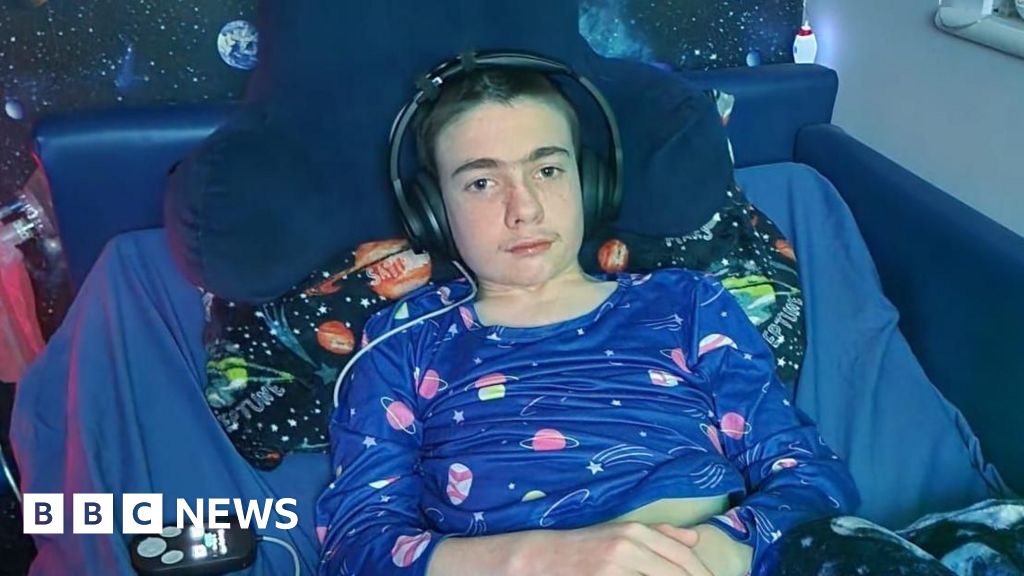World first epilepsy device fitted in UK boy's skull

🌈 Abstract
The article discusses a new device fitted in the skull of a boy with severe epilepsy to control his seizures. The device, called a neurostimulator, has reduced the boy's daytime seizures by 80% and improved his quality of life.
🙋 Q&A
[01] The New Neurostimulator Device
1. What is the new device that was implanted in the boy's skull to control his seizures?
- The device is a neurostimulator that sends electrical signals deep into the boy's brain to block or disrupt the abnormal electrical activity that triggers his epilepsy seizures.
- The neurostimulator is made by UK company Amber Therapeutics and is called the Picostim.
2. How does the neurostimulator work?
- The device emits a constant pulse of electrical current to disrupt the abnormal bursts of electrical activity in the brain that cause seizures.
- The neurostimulator is connected to two electrodes that are implanted deep in the boy's brain, reaching the thalamus, a key relay station for neuronal information.
3. How is this device different from previous deep brain stimulation treatments for childhood epilepsy?
- Previous deep brain stimulation devices were placed in the chest, with wires running up to the brain.
- This new device is placed directly in the skull, which the doctors say reduces the risk of complications like infections and device failure.
4. What are the plans for the future development of the neurostimulator?
- The current device provides a constant electrical stimulus, but the team plans to make the neurostimulator respond in real-time to changes in the boy's brain activity, in order to block seizures as they are about to happen.
[02] The Boy's Epilepsy and Outcomes
1. What type of epilepsy did the boy have, and how severe were his seizures?
- The boy, named Oran, has Lennox-Gastaut syndrome, a treatment-resistant form of epilepsy that he developed at age 3.
- Prior to the surgery, Oran was experiencing several daily seizures ranging from 2 dozen to hundreds, including seizures where he fell to the ground, shook violently, and lost consciousness.
2. How has the neurostimulator impacted Oran's epilepsy and quality of life?
- After the surgery and activation of the neurostimulator, Oran's daytime seizures have been reduced by 80%.
- His mother Justine reported that Oran is "more alert" and no longer has the debilitating "drop seizures" during the day.
- His nighttime seizures are also shorter and less severe, and Justine said she is "definitely getting him back slowly" as his quality of life has dramatically improved.
3. What other impacts has the treatment had on Oran's life?
- Oran is now able to participate in activities like riding lessons, which he enjoys, without needing as much supervision and emergency medical support as before.
Shared by Daniel Chen ·
© 2024 NewMotor Inc.